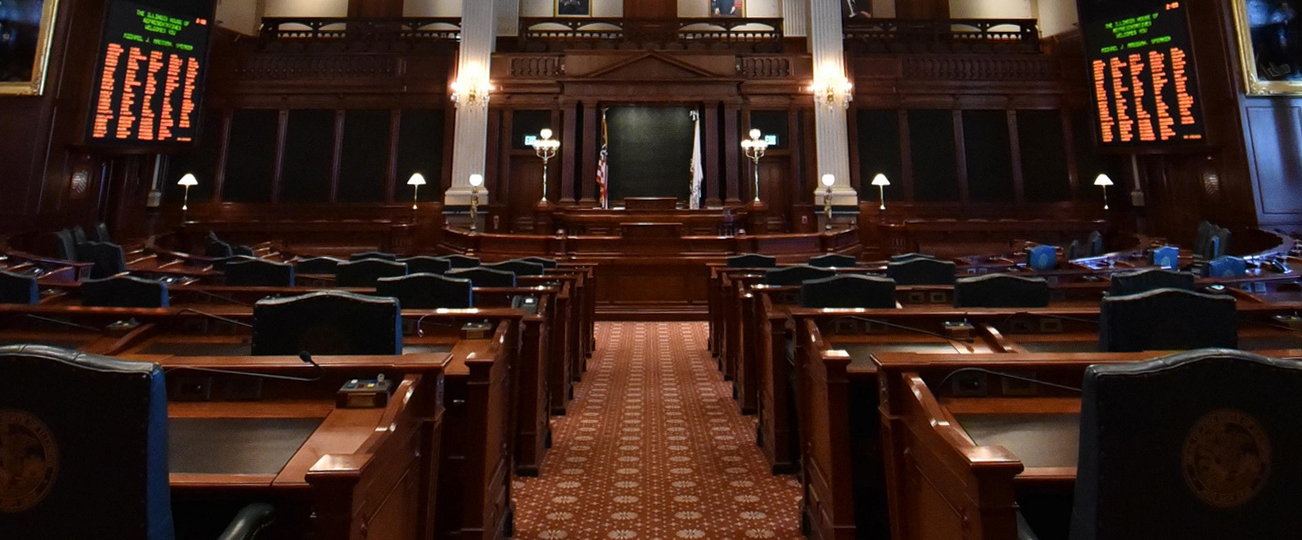The 1848 Illinois Constitution remains a defining document in our state’s history, setting key reforms in place while modernizing Illinois’ government. While the Prairie State’s new constitution went into effect on April 1,1848, the story of Illinois’ second constitution begins in the summer of 1847, when discussions and debates established the foundation for one of Illinois’ most prominent transformations.
By the mid-1800s, Illinois had outgrown the framework of its first constitution, signed in 1818. The state’s population had surged and its economy had evolved thanks to advancements in farming, newly created railroads, and, notably, the construction of the Illinois and Michigan Canal. While these benefited the state immensely, they also underscored the imperfections within the 1818 Constitution, which could not meet the needs of a rapidly expanding society.
At this time, issues such as legislative overreach and judicial inefficiency were also significant concerns of residents. Recognizing the need for broad change, voters overwhelmingly approved a referendum to convene a constitutional convention, which would take place in Springfield in 1847. The convention brought together 162 delegates comprised of residents such as farmers, lawyers, or business owners who represented their local communities. Over the course of three months, delegates engaged in intense debates on important issues, most notably, the distribution of power between the executive and legislative branches. Some delegates argued that the existing constitution had disproportionately concentrated power in the legislative branch, which led to concerns over accountability as well as checks and balances. In the end, delegates came to an agreement on the need for better balance between the two branches and a constitution that would empower the executive while sustaining legislative oversight.
Delegates also had lengthy discussions regarding the judicial branch, which many delegates and those whom they represented believed was ill-equipped to handle the demands of a rapidly growing state. They argued that the only solution to the problem was a complete judicial overhaul which included the establishment of circuit courts and county judges. While hotly debated, the calls for changes were ultimately embraced as necessary reforms.While tensions occasionally flared during the convention, the 162 delegates demonstrated a remarkable ability to compromise, driven by the understanding that their work would shape the state’s future.
In 1848, Illinois voters ratified the newly created constitution, a testament to the delegates’ dedication and willingness to meet in the middle. Within the new constitution were sweeping changes that addressed long overdue issues and prepared Illinois to thrive amidst continued growth and innovation. Key reforms within the new constitution were reforms in district apportionment to guarantee fair representation, the establishment of circuit courts and streamlining of the judicial processes, provisions to prevent excessive debt, and the right for voters to approve constitutional amendments.
While subsequent constitutional conventions would eventually revise Illinois’ governing documents further, the 1847 convention and 1848 Constitution laid the foundation for Illinois’ modern governance. The efforts exemplified the power of collaboration and compromise and established legacies that endure in their symbolism.


